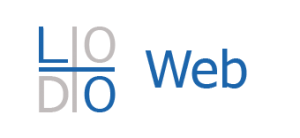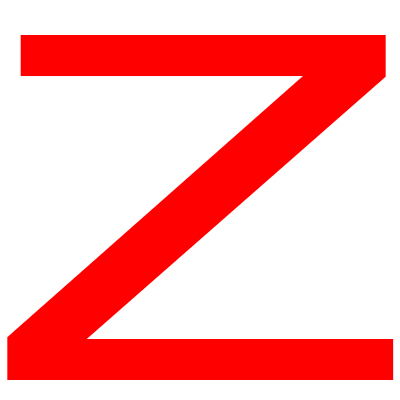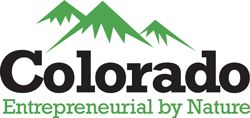7 Content Development Strategies that Work
7 Content Development Strategies that Work
We are going to start this off with a short exercise. This will be very easy and shouldn’t take up a whole lot of time.
I want you to take a deep breath. Inhale. Exhale.
 You’re done. Congratulations you’ve made it! That is the amount of time you have to attract your visitor on your website.Three whole seconds. Three seconds is all it takes to either hook your visitor or lose them. What does this mean for you? Well, this means you need to captivate your audience from the moment they are on your page. I am going to share with you seven ways to help you achieve this goal.
You’re done. Congratulations you’ve made it! That is the amount of time you have to attract your visitor on your website.Three whole seconds. Three seconds is all it takes to either hook your visitor or lose them. What does this mean for you? Well, this means you need to captivate your audience from the moment they are on your page. I am going to share with you seven ways to help you achieve this goal.
Technology is making us lose our attention span, so it’s so important to make sure you captivate your audience before they go anywhere. You got three seconds to make it absolutely worth it for your visitors. Let’s go over some of these techniques.
Content Development doesn’t have to be hard. Follow these 7 steps.
1. Don’t Over Complicate It
Remember, you only have three seconds to capture your reader. Because of this, make sure the content you’re providing is easy to read and to the point. Make sure your information has a good flow and engages your reader to continue on your website and read more. A lot of the time, the headline and title is the most important aspect. Using odd numbers in front of your headlines, like this one, usually intrigues the vast majority of people to click on the article. Numbers are easy for the brain to identify with, so we are naturally attracted to them. Especially odd numbers like 1, 3 ,5, 7. Odd numbers have a way of producing a middle digit, with which our brains naturally identify with.
2. Understand Your Audience
Make sure you know who you are trying to target. So often companies do not know their exact niche that they are going after and try to attract the entire web. This is going to be a huge, huge undertaking. Do some research so you can appropriately attract your intended audience. You can use tools like Google Adwords Keyword Planner, or Google itself to facilitate this research. After you figure out who your audience is make sure to provide some useful information to educate them, this will help ensure that they see you as a credible source and trust the information you are providing them.
Remember, it’s always better to teach, than to sell.
3. Be Creative and Engaging
Use power words, this will immediately draw your reader in. Engage your readers emotionally or emphasize the facts you’re providing. Look, everybody can write. Perhaps not well, but everybody can type at some speed. Even those who just started using a keyboard and learning the “home-row keys”. Write so that your reader can relate to it. Use humor, tell a story, have fun with this! This isn’t a college essay and shouldn’t be read like one. In fact, this is the place where you can truly express yourself and deliver some amazing information to your visitors that is entirely in your control!
4. Use headlines and sub-headlines:
Most readers on the web don’t read the entire article. They scan it. If your article isn’t bulleted out or too bulky to read, like a college essay, you’re likely to attract a visitor that will bounce. That sucks, nobody wants visitors who bounce (leave your site). Content development is about engaging your users. If you need, start picking up some books on copy, like The Ultimate Sales Letter by Dan Kennedy. Having headlines breaks up the space on the page into organizational segments that are easy to scan. Headlines and sub-headlines are also very useful for SEO, but we’ll get into that one a bit later. For now, just focus on creating great content for your users that attract their eyes where you want them.
5. Keep it proficient and professional
The readers on your website are reading what you have to say because you are the expert on what you are talking about…at least I hope so. Because of this don’t make silly mistakes that take away from coming off as a professional intelligent individual.
- Check your spelling and grammar
- Don’t lie about your qualifications
- Don’t provide facts unless you know they are correct
These factors can make or break your online reputation and because it’s a public forum, people will talk and they will notice. Be as genuine as you can and try to come off somewhat intelligent. If your goal is to be humorous, still try to put sentences together.
6. Drive Results
By leveraging the above strategies you can create long lasting relationships with the visitors on your website. Once your readers value the information you are providing they will come back for more. Visitor retention is huge and your visitors and commentators should be treated like gold. Because, well, they are. They’re not physically gold, but they certainly have the same value as gold. Always appreciate the feedback you get from your visitors pertaining to your articles. You won’t regret it.
7. Ask Questions
People love to be challenged, engaged and questioned. Especially in content development. If you are speaking to your audience, they should be listening. And I’m sure their brains are working and thinking. This would allow them to subconsciously participate in the conversation, simply by reading your content. Asking questions is a great way to get people more involved in you work, generate traffic and gain appreciation from your visitors. People love to be apart of the conversation. Let me say that again, people love to be apart of the conversation. So let them participate, heck, encourage it! It’s great to have a real conversation from real people.


 1. Logo Area
1. Logo Area
 Your information will *never* be shared or sold to a 3rd party.
Your information will *never* be shared or sold to a 3rd party.